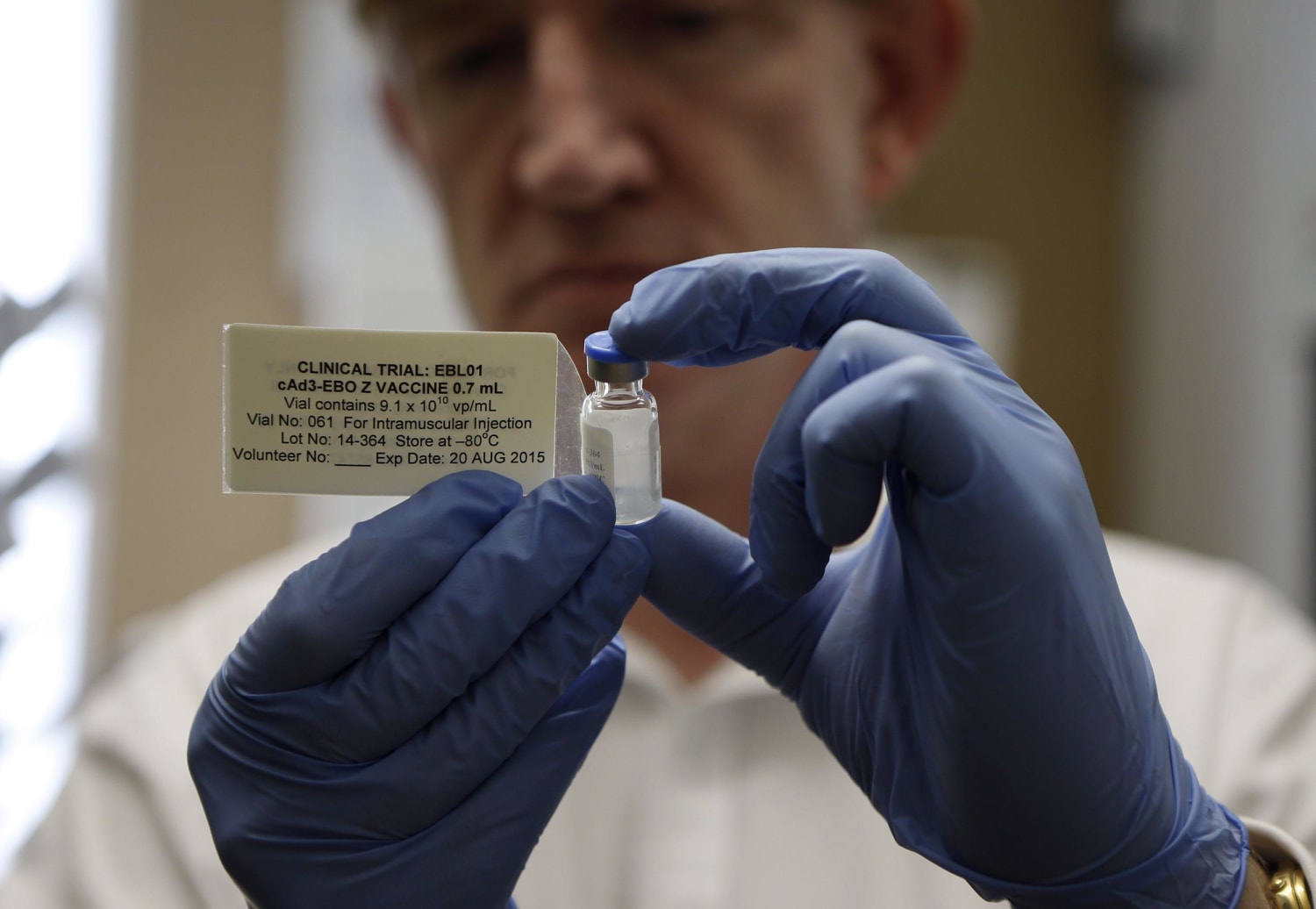Entry
#8 Ebola
Ebola hemorrhagic fever (EHF) (sometimes called Ebola Virus Disease, or EVD) is the disease caused by infection with an Ebola virus.

Frederick A. Murphy/CDC
The Ebola virus, pictured above in the image from a special
type of microscope, is the agent that causes Ebola Hemorrhagic Fever (EHF).
In areas of Africa where Ebola viruses are common,
suspected reservoirs include primate and bat populations. The disease infects
humans through close contact with infected animals, including chimpanzees,
fruit bats and forest antelope.
Early
symptoms include fever, muscle pain, headache and sore throat. This
is followed by vomiting, diarrhea and bleeding, sometimes from the eyes and the
mouth. People
are infectious as long as their blood and secretions contain the virus - in
some cases, up to seven weeks after they recover.
How
Many People Have Been Infected in Africa?
More than 23,200 people in Guinea, Liberia, Mali, Nigeria,
Senegal and Sierra Leone have contracted Ebola, according to the World Health
Organization, making this the biggest outbreak on record. More than 9,300
people have died. The
presidents of Liberia, Sierra Leone and Guinea appealed for more aid to help
fight the disease.

“The Ebola outbreak in West Africa is unlike anything since
the emergence of HIV/Aids”, top US medical official Thomas Frieden has said.
What Is Being Done to
Improve Medical Treatment in Africa?
To stop the spread of Ebola, the World Health Organization (W.H.O) is coordinating the construction and staffing of treatment centers across Liberia, Sierra Leone and Guinea. As of October 2014, there
were 15 operational centers, with a total of 1,047 beds — but this is just a
small fraction of the 41 new treatment centers that the W.H.O. has been trying
to get into operation. The lack of infrastructure and of medical personnel
makes the construction and staffing of centers difficult.

“A fast global response could ensure that it did not become
‘the next Aids’, the director of the Centers for Disease Control and Prevention
(CDC) said.
How
Many Ebola Patients Have Been Treated Outside of Africa?
At
least 24 cases have been treated in Europe and the United States. Many were
health and aid workers who contracted Ebola in West Africa and were transported
back to their home countries for treatment.
What Is the United States
Doing to Make Sure That Ebola Does Not Spread?
The
U.S. Centers for Disease Control and Prevention (CDC) categorizes Ebola virus
as a Category A select agent. This group includes
high-priority agents that pose a risk to
national security because they can be easily disseminated or transmitted
from person to person; result in
high mortality rates and have the potential for major public health
impact; might cause public panic and social disruption; and require special
action for public health preparedness. Federal, state and local officials are identifying hospitals to be used as Ebola treatment centers. Of the nation’s 100 state public health laboratories, 24 are ready to test for Ebola.
The five United States airports screening travelers from
West Africa for fever are: Kennedy International, Washington Dulles
International, O’Hare International, Hartsfield-Jackson International and
Newark Liberty International.
Passengers from Liberia, Sierra Leone and Guinea will have
their temperatures taken and have to answer questions.
With the start of 2015 we have much more hope. The number
of infected people is decreasing. Hopefully by the end of the year, there will
be no new cases of Ebola virus.
First Ebola vaccine trial started in Africa and a safe and effective
vaccine is hoped for by the end of 2015.

No comments:
Post a Comment